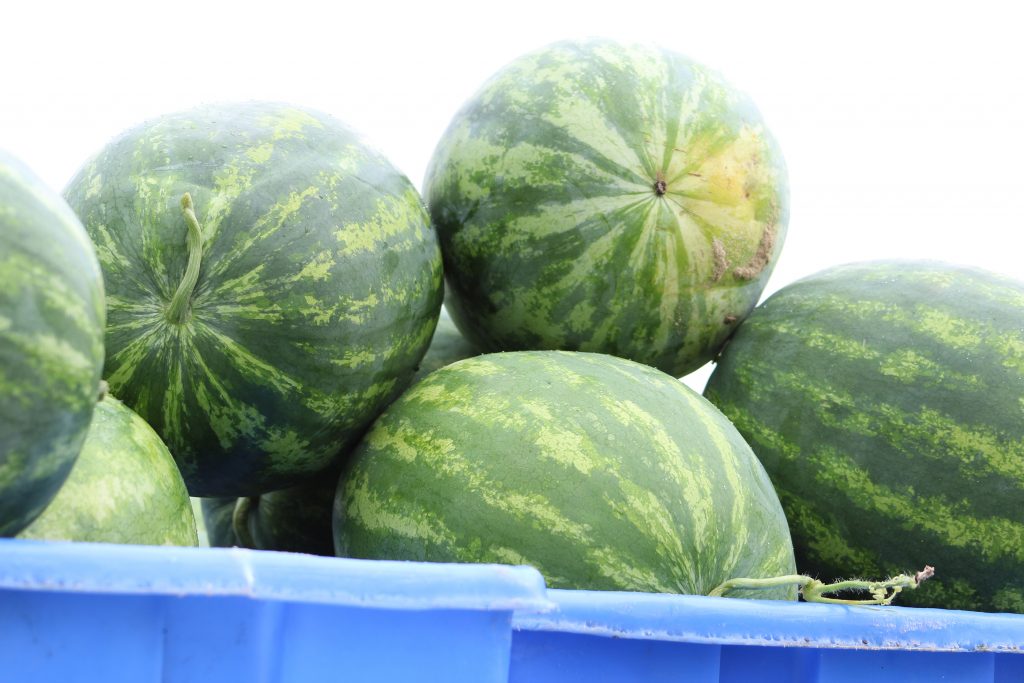By Clint Thompson
Georgia’s watermelon harvests started later than normal this year. Amid the current persistent wet weather, they also could be shorter this year.

Ty Torrance, University of Georgia Cooperative Extension vegetable agent for Colquitt, Tift and Worth counties, discussed the current outlook facing the state’s watermelon producers.
“It’s falling apart is what it feels like,” Torrance said. “Everybody was late because of the cooler, wetter weather earlier in the season. I also think that contributed to little bit lower yields. Now that it’s raining frequently in our closer to peak harvest window we’re in right now; the prices are good which is a saving grace, but there’s not as many melons to be had to capitalize on that.”
Torrance said producers are observing various leaf spot diseases in this year’s crop along with fruit rot, gummy stem blight, anthracnose and phytophthora. All are a result of excessive rainfall during the past couple of weeks.

“You never know what the weather is going to do, but the forecast did not look promising for any kind of clear weather and sunshine which is really what we need during harvest season,” Torrance said.
Delayed Start to Season
Cooler temperatures during the early part of the production season delayed the growth of the watermelon vines which started the predicament to begin with.
“If you grab our weather from the middle of March through today, it really has not been that different than previous years overall. But at very important periods in the plant’s growth, we had weeks of much cooler than normal weather and wetter weather; just cloudy, misty. We had more rainy days this year so far. We’re going to end up in our spring season/harvest window, we’re going to end up with more rain than we have had in previous years.
“But right now the most important thing was the number of rainy days, cloudy days, when we really needed warm temperatures for fruit set and early plant growth. That was the big delay up front. The last thing we needed was more rain during our harvest window.”









